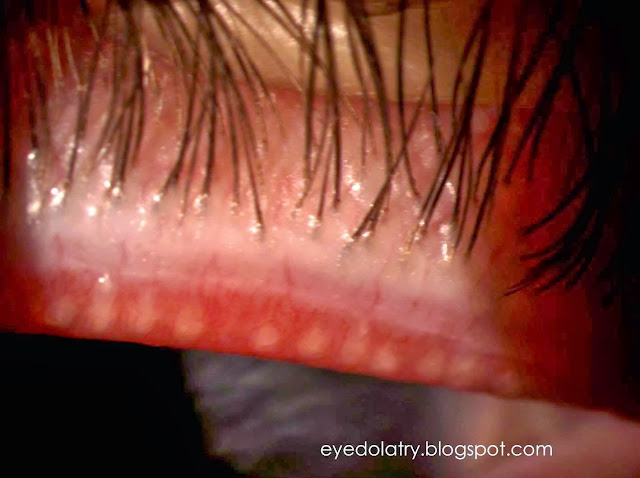Everything You Need to Know About MIEBO for Dry Eye
4:33 PMRedness, pain, blurry vision, gritty sensation, watering - all of these are the common signs of ocular surface disease, better known as dry eye syndrome. Until this year, the only FDA-approved eye drops to treat dry eye were focused on the anti-inflammatory pathway (Restasis 0.05% cyclosporine, Xiidra 5% lifitegrast, and Cequa 0.09% cyclosporine). If you're reading this article, chances are you have tried one or more of these treatment options. Each of these drops have had varying levels of success in helping patients control their signs and symptoms of dry eye, and have common side effects that include redness and burning with drop use. What's more, these drops have to be used long term to achieve symptom reduction and studies show that up to 60% of patients with dry eye syndrome using cyclosporine or lifitegrast discontinue drop use within a year of starting treatment. Whether due to side effects, inconvenience, or ineffectiveness, this research suggests that many dry eye patients aren't finding lasting relief with the available prescription options for treatment.
- preservative free
- water free (which greatly reduces the risk of microbial growth!)
- to be used 4 x a day for maximum efficacy
- should not be used with contact lenses; wait 30 minutes after using Miebo before inserting a contact lens
 |
| Infrared images showing the cooling effect of perfluorohexyloctane (F6H8) drops via. In Row A The right eye was given F6H8 drops and the left eye was given saline eye drops (which showed no temperature effect). In Row B, both eyes were given F6H8 drops. The cooling temperature effect was seen within 5 minutes of drop instillation and continued through 30 minutes after drop instillation. |
Another interesting discussion regards the category of MIEBO as a PFAS (per- and polyfluorinated substance), which has come under some scrutiny as the European Union has investigated changes and potential bans to how these chemicals are used in over the counter and prescription products. Check out this article for a deeper dive into PFAS and the possible risks. In a statement from Bausch and Lomb, MIEBO is by definition a PFAS molecule, but that definition does not "inform whether a compound is harmful or not." Perfluorohexyloctane (MIEBO) is "physically, chemically, and physiologically inert, and is practically immiscible in water." The molecule has also undergone "extensive genotoxicity, mutagenicity, and toxicology studies with no significant adverse effects." Perfluorohexyloctane has been used with a high safety profile for many years as an eye drop in other countries, and for intraocular injections in the treatment of retinal detachments without incident.
















_SAND.jpg)

0 comments